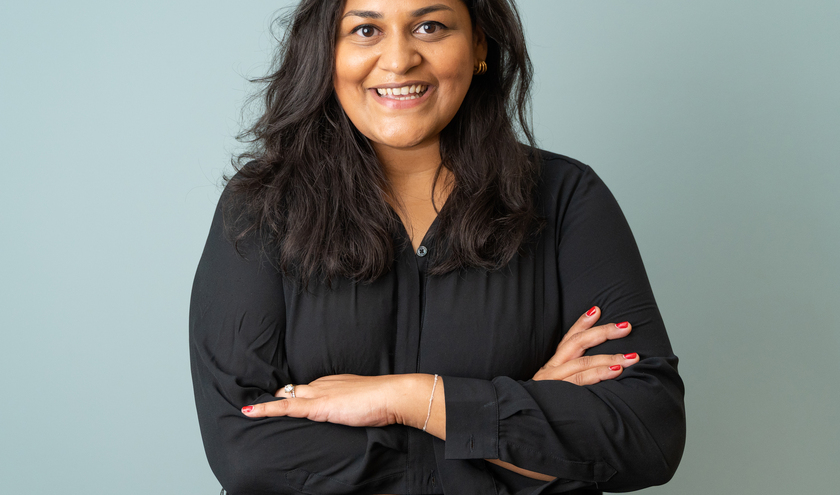There's a moment, small, almost imperceptible, that happens at least once a day in clinic. A patient says something quiet, something they've carried for days or weeks.
Sometimes it's a hesitation, a downward glance, or a question wrapped in anxiety. You're there, nodding, typing, clicking. You want to listen, you certainly mean to, but you're also typing notes, or navigating a system that demands your attention at the exact moment the patient is asking for it too.
Hours later, you might remember that moment and ask yourself, ‘did I actually hear them?'
This isn't a failure of compassion or skill. It is something far more insidious, a system failure that we've come to normalise.
Modern healthcare is often drowning in a paradox. Clinical focus and acumen, the sharpest tools in our arsenal, the very essence of care and what we're trained to do, are now our most overdrawn resources. They are siphoned off by never-ending documentation and the fragmentation of systems that don't talk to one another. The toll on staff and patients is steep.
Against this backdrop, ambient voice technology in healthcare is more than a nice-to-have, it is inevitable. The idea is simple, and quietly powerful: the technology listens, so the clinician can focus.
We're not there yet, but we are closer than many think. Speech models are improving, systems are more stable and we're starting to invest in the infrastructure to do this at scale. We'll see conversations shift from ‘can we do this safely?' to ‘how do we do this well for our staff and patients?'
However, not all ambient voice tools are created equal and how the technology evolves will make all the difference. It essentially comes down to responsiveness and the responsibilities of those bringing ambient voice technology to market. Does it appreciate the nuance of clinical conversation? Does it adapt to the variability of care? Does it add to the clinician-patient bond or quietly erode it?
Here's what I've come to believe will separate the ones that will fade from the ones that will genuinely change clinical practice and how we deliver care.
Clinicians don't need more clicks, interruptions or friction to access technology. Integration isn't just a technical feature or a ‘nice to have', it's foundational. Integration is the recognition that tech should be an enabler, not a barrier to your working day. The delivery of care doesn't stop to troubleshoot or navigate multiple workflows at the same time and we should stop expecting staff to balance the cognitive load of this. Starting a consultation, transcribing, summarisation and communicating onward care to a healthcare professional or with the patient should be as seamless and intuitive as texting a patient.
It's not enough to transcribe. It has to add structure to the note. All in the right place, with deep understanding of speciality-specific context and in language accessible to both patients and healthcare professionals.
That's what makes it clinically useful. This should be a bare minimum requirement without adding to the workload of staff or requiring complex customisation for time-poor staff.
If I have to speak like a robot, or constantly fix what the system heard wrong, I'll stop using it. There is a short window during first time use where staff will determine whether this adds to their day or takes away from it. When the interface is intuitive, built into my workflow, when I can see what's being captured, give feedback easily, edit, review and know I'm in control, that's when I'll find value in it.
The highest standards of privacy and clinical safety aren't optional, they are baseline expectations. Consent, traceability, encryption and auditability all have to be baked in from the beginning by being built into the design. This can't be left to the individual risk tolerance of staff or organisations.
Clinical practice isn't static. Guidelines change, expectations shift, workflows get restructured. The best tools will be those that can keep pace, that stay close to users and that grow with the system, not just the software.
This is also true of the leadership that implements ambient voice technology.
This may come as no surprise, but what excites me most is seeing this done by people who understand both sides: the technology and the messy, human, pressurised work of frontline care.
Ambient voice technology will change the way we work, but perhaps not in the way current hype has led us to believe. We aren't going to suddenly see staff floating through their days with zero admin burden and free hours to while away, but we will start to see something quieter and arguably more profound: staff feeling present again, patients feeling heard and care returning to the centre of every consultation and patient interaction.
Dr Satya Raghuvanshi, vice-president of clinical, Accurx



